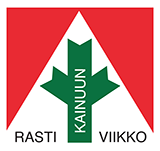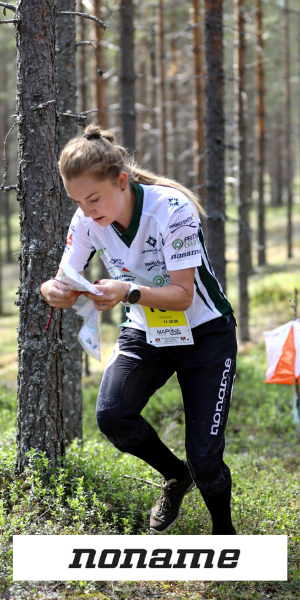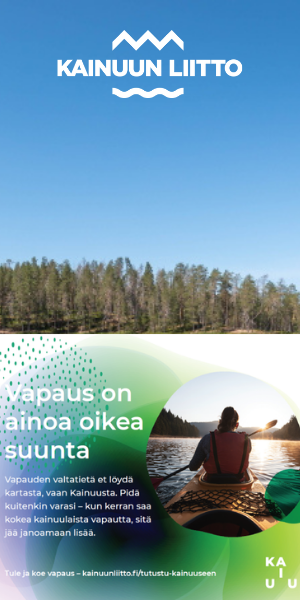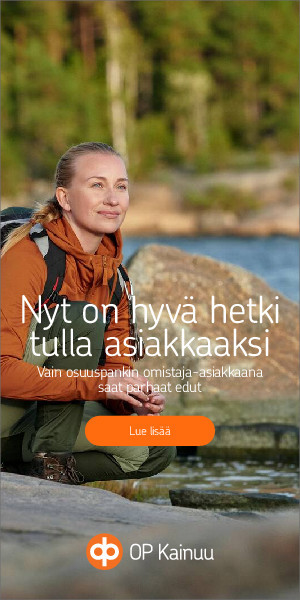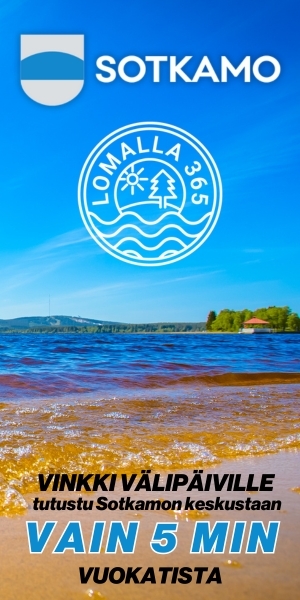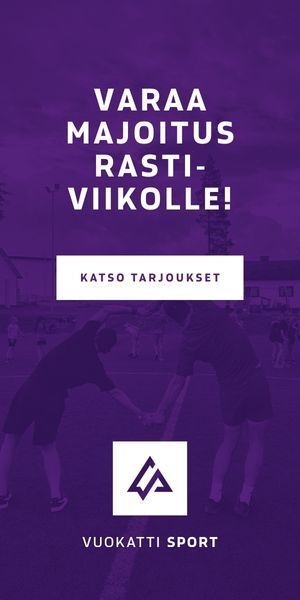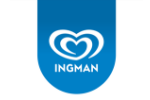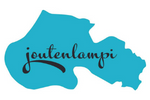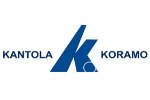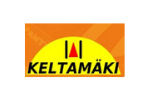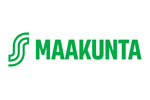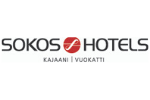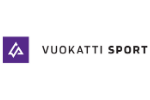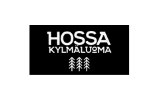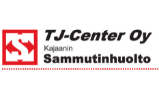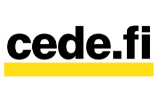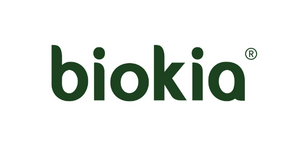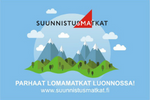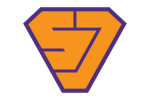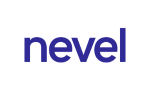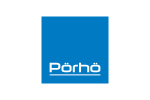Children''s competition categories – an introduction to the categories for 12-year-olds
Published: 12.02.2025
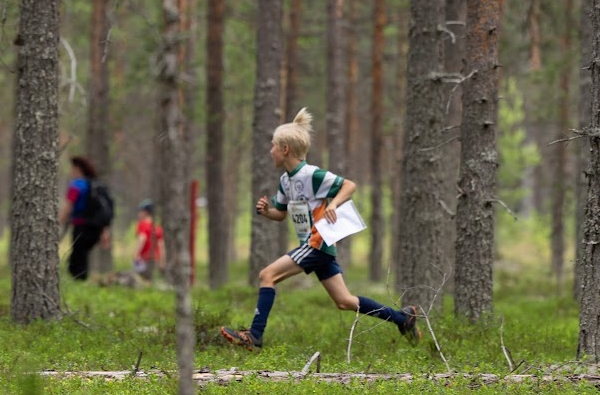
On children's and youth competition courses, the level of difficulty and course length gradually increase when moving from one age category to the next. Twelve-year-olds can choose either the H/D12TR category, which features a support route course, or the H/D12 category, which offers a standard orienteering course. Typically, young participants compete in the category corresponding to their age group, but if a child or young person seeks more challenge, they can also participate in an older age group's category. In competitive categories, children and youth orienteer alone, whereas in open categories, parents or friends can accompany them if needed.
For 12-year-old orienteers, there are both direct orienteering courses and support route courses (TR category). In support route orienteering, a guiding line called a "siimari" assists with navigation and movement through the terrain. The siimari is a continuous white or yellow ribbon stretched through the terrain and marked on the map with an orange line. On the support route, the siimari leads close to the control points. It serves as a clear reference point from which participants can navigate to a control and return to continue toward the next control.
In direct orienteering, there is no siimari for support. Instead, the child navigates using terrain features as reference points. The child can, for example, navigate directly to a control using a compass bearing or by reading terrain features. They can also utilize natural landmarks that guide them towards the control.
When transitioning from siimari-supported courses, it is important to learn how to use a compass. Each orienteer uses a compass differently, and finding one’s preferred method may take time. However, it is essential to learn the basic skills of compass use to support navigation when needed. These basic skills include taking a bearing between controls, following a compass bearing, and orienting the map correctly according to the direction of travel.
Support routes have more reference points and elements that facilitate movement along the course compared to direct orienteering courses. Controls on support routes are located very close to these reference points. Direct courses also have helpful reference points and controls near them, but they require more independence and skill from the orienteer than support routes.
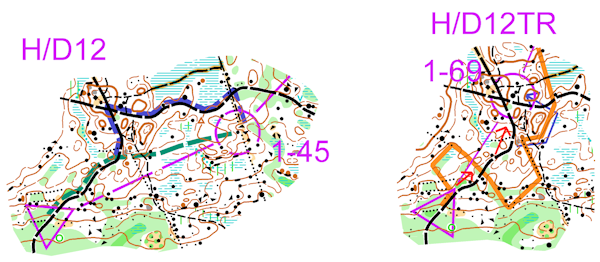
In the example of a TR course, the siimari can be used from the start to the first control. The child follows the prominent trail indicated by the red arrow and crosses the siimari when it intersects the trail. They then monitor when the siimari appears on the right and head towards it (blue arrow) when it is near the trail. The child follows the siimari until it reaches the trail again, then turns left on the trail and searches for a control on a rock to the right.
Another option (red arrow) is to follow the trail until reaching a major trail intersection. After turning right, the child looks for the rock on the left side of the trail. If the child goes too far, the siimari will appear, serving as a stopping feature.
In the H/D12 direct course, the first leg can be completed entirely along a prominent trail, utilizing a small path and a vegetation boundary at the end (blue arrow). A more experienced orienteer might choose to follow the trail initially, then cut through the forest towards the control, navigating in the terrain parallel to the control direction (green arrow). A vegetation boundary can act as a stopping feature if needed.
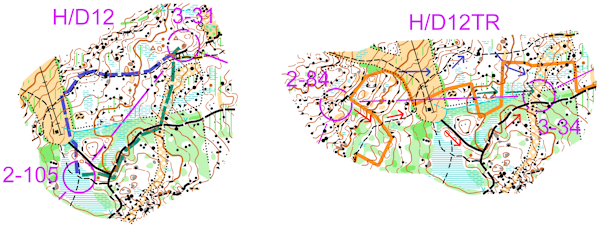
Between controls 2 and 3 on the support route, the siimari can be used in reverse (red arrow), meaning the child returns from the control along the siimari back to the trail and then turns left. Alternatively, the siimari can be followed forward (blue arrow), continuing in the direction of travel. In both cases, the child follows the road towards the control (red arrow) and finally deviates to the left to reach a clearing and a control on a rock.
Another option is to use the siimari at the start, then follow a small upper trail (blue arrow), deviating to the siimari and then heading to the control from the clearing. A third option involves using the siimari initially, then taking shortcuts along the ditch edge and navigating to the control from there (green arrow).
On the H/D12 direct course between controls 2 and 3, the same small trail (blue arrow) or the same road and clearing (green arrow) as on the support route can be utilized. However, the orienteer must observe a cliff near the trail before the control and navigate from there to the control.
The 57th Kainuu Orienteering Week will be held in the top terrains adjacent to Vuokatti-Jukola 2027 in Vuokatti, Sotkamo, from June 29 to July 4, 2025. Welcome to a family-friendly orienteering week!
